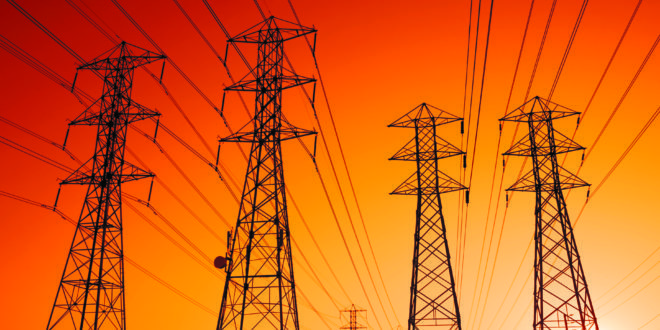By: Jeremy Klingel, Senior Managing Director for Black & Veatch management consulting, Jason Abiecunas, Director of Distributed Energy Resources, Lou Graving, Vice President and Director of Utility Scale Renewable Energy
As electric utilities grapple with the challenges posed by significant revenue losses linked to the growth of distributed generation, the century-old business model that utilities long have used to generate returns on their investments will die if utilities don’t change their ways, according to an industry survey for a new report by Black & Veatch.
The 2018 Strategic Directions: Electric Report polled the nation’s electric utilities on several issues, including the so-called “utility death spiral” created by advancements in distributed energy resources (DER) and consumer demand for cleaner energy. A whopping 71 percent of utilities said they believe the death spiral is a real, possible outcome if the industry fails to adopt alternative energy solutions and/or regulations fail to recognize flexibility.
“In an industry with more than 130 years of history, including four decades of fundamental transformational changes, we now find ourselves at a new pivot point,” the report noted.
As centralized power faces advances amid cheaper distributed generation, commercial and industrial customers are potential competitors, and the power they produce can be an extra source of revenue for their businesses.
According to the report, 47.8 percent of utilities believe the utility death spiral is a real possibility if utilities fail to add alternative energy solutions to their generation mix. Four in 10 respondents said that spiral is a likely result if regulatory models don’t start reflecting market flexibility, and nearly 30 percent said the death spiral is not real because the adoption rate of new generation is too slow versus the value of traditional generation.
“The reality is that utilities still bear significant fixed costs,” according to the report. “A real market need still exists for conventional generation because renewables are intermittent, not to scale in many cases and not quite to grid parity on marginal cost.”
But the death spiral should be a concern for utilities with small service areas with high rates because the cost of renewable energy is getting less expensive and its reach is widening, the report noted.
“There is immense value in connecting DER to the utility network, and it is a natural fit for utilities to deploy DER as part of their resource mix,” the report found. “But this won’t happen equally across the board; some will adapt easily, while others will not or cannot.”
The power sector is being reimagined to accommodate a renewable and digital revolution that has spawned new expectations from consumers.
At the turn of the century, more than half of the nation’s power was produced with coal, and the prospects of renewable power and energy storage playing a starring role in U.S. power generation were quickly dismissed. The technologies were too expensive, unproven and difficult to integrate into a grid built around coal. Today, renewable power and energy storage are two of the biggest emerging markets in power generation.
In 2017, renewable generation in the U.S. increased more than 13 percent versus the previous year, with generation from solar growing more than 47 percent and wind more than 12 percent. The cost of energy storage has plunged in the past three years and some are predicting the global energy storage market will double six times between 2016 and 2030, mimicking the historic solar expansion between 2000 and 2015.
“Time is of the essence for utilities to adapt,” the report concluded. “Nearly a quarter of the respondents believe utilities have already begun feeling the effects of the ‘death spiral,’ with another 61 percent believing that if they haven’t already, they will within the next 10 years.
“To survive, utilities must figure out whether that can offer their customers something compelling from an economic development standpoint.”
Authors:
Jeremy Klingel is a Senior Managing Director for Black & Veatch management consulting, where he is responsible for developing and delivering the market strategy regarding end-to-end grid-related initiatives for electric utilities. Klingel has led more than two dozen smart grid development projects.
Jason Abiecunas is the Director of Distributed Energy Resources at Black & Veatch. With more than 15 years’ experience, Abiecunas leads a team that delivers sustainable, resilient and cost-effective distributed energy solutions to address a wide range of power issues and enable our clients to capture new business opportunities.
Lou Graving is a Vice President and Director of Utility Scale Renewable Energy in Black & Veatch’s power business. He is responsible for pursuing and capturing major projects, project delivery innovation, strategic resource alignment with growth markets and operational efficiency.
 Alternative Energy HQ solar power for homes, wind energy, and bio fuel issues
Alternative Energy HQ solar power for homes, wind energy, and bio fuel issues








One comment
Pingback: Are Electric Utilities in a Death Spiral?